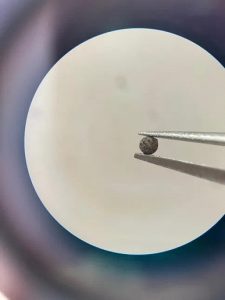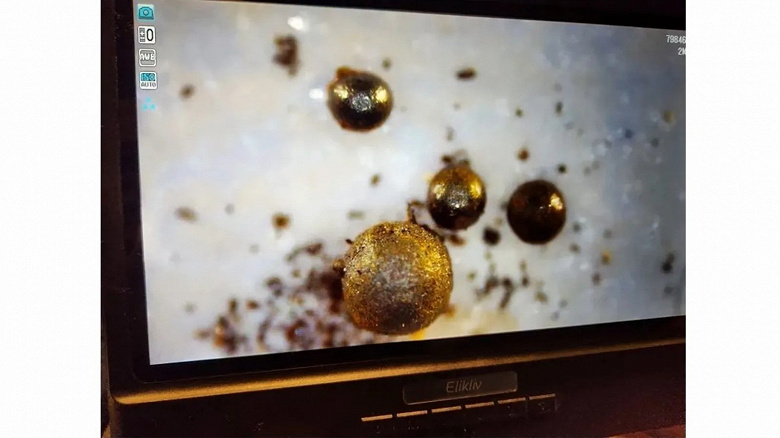He fell in 2014
Humanity may have in its hands the first samples of matter that arrived from outside the solar system.

Renowned physicist Avi Loeb led an expedition some time ago to search for fragments of what is believed to be an interstellar meteorite that fell into the Pacific Ocean in 2014. And Loeb managed to find samples, despite the fact that we are talking about submillimeter particles that were taken from a depth of about one and a half kilometers after these particles had lain there for almost 10 years.


Humanity acquired the first substance from outside the solar system?
In the photographs, you can see spherules – tiny particles of spherical material that form after the substance molten from friction against the Earth’s atmosphere solidifies. They managed to get them from the ocean floor through a special system based on magnets, which was lowered to the bottom and dragged along this bottom like a sled. Of course, the magnets got from the bottom and a lot of material of a completely different origin, but the screening system made it possible in the end to get what the scientists needed.
Analysis of the very first samples showed that the spherules consist mainly of iron with a small amount of magnesium and titanium, while they do not contain nickel. And this composition is not like what we find on objects formed in the solar system. With a high degree of probability, this means that the detected particles really formed far beyond our cosmic abode, and then this is the first interstellar substance in the hands of people.

Of course, it is too early to draw conclusions, but all the main factors converge. It must be said that the same meteor that fell in 2014 was called IM1 (Interstellar meteor 1). But its interstellar essence was not immediately determined. It was only relatively recently that Loeb decided to analyze known similar events from the recent past in order to try to detect exactly the interstellar guest. It is very difficult to do it after the fact, but in the case of IM1, data from the US military helped, which showed that before entering the Earth’s atmosphere, the object moved at a very high speed, which objects that are part of the solar system do not have. After that, it remained only to track the flight path of the object in the atmosphere and determine the possible places where those very tiny IM1 particles fell.
Loeb currently has 141 spherules in his hands, and the team may discover more in the near future. This is more than enough for a full-fledged analysis of the substance, so it remains only to wait for an article in a peer-reviewed scientific journal.
The study of interstellar matter will help scientists better understand how objects outside the solar system are formed, what composition they may have. Loeb himself also plans to consider the option of artificial origin of IM1, that is, he suggests that it could not just be a piece of stone, but some kind of alien space debris or something similar.



